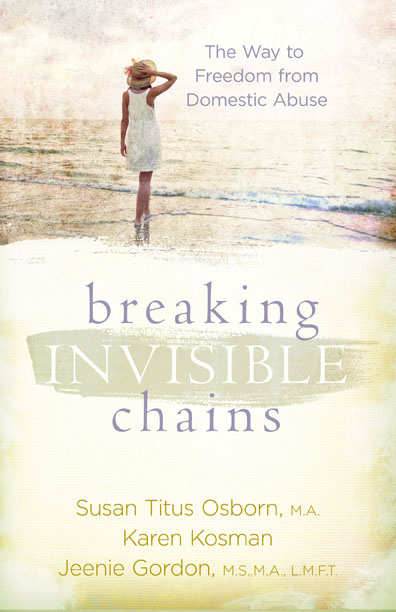When you write, picture one individual in your mind—someone you want to touch with that particular message at that point in time. When I was writing the stories for Rest Stops for Single Moms I pictured a different single mom in my mind with each devotional. Each one was written specifically for one woman. Yet many who have read the book feel that I am speaking directly to them. That’s because many single moms have experienced the incidents described in the vignettes.
Make your readers laugh. Make your readers cry. Instead of causing your characters to cry, create tears in your reader’s eyes. Here is the beginning of a story from Rest Stops for Single Moms. Any empty nesters?
The Apron Strings
[Starts with a quote] There are only two lasting things we can give our children. One is roots, the other, wings. –Author Unknown
One of the most difficult times for me as a mother was allowing my oldest son to go away to college. When he graduated from high school, I wrote him the following letter:
Dear Richard,
Today is your high school graduation. I have spent the last eighteen years teaching and guiding you. Now it is time to let you go and to allow you to choose your own way.
As you were growing up, I shared your victories and defeats. I cheered at your swim meets and applauded at your cello concerts. I watched a skinny, freckle-faced blonde boy change into a handsome, six-foot-three muscular young man.
As a mother, the hardest job for me is to let go—to allow our roles to change. I worked hard at being your mother, and now I want to enjoy being your friend. As a token of my feelings and my confidence in you, I’m enclosing my apron strings in this letter. They are cut off from my apron to symbolize your total freedom.
Yet, you know that I will be only a phone call away. I want to continue to share your life, to hear about your experiences, to be there when you need me. The difference is that now you are in the driver’s seat, and I’m the passenger.
I believe in you, and I love you very much. Congratulations, Son!
All my love,
Mom
He cried when he read that letter, and our roles really did change.


